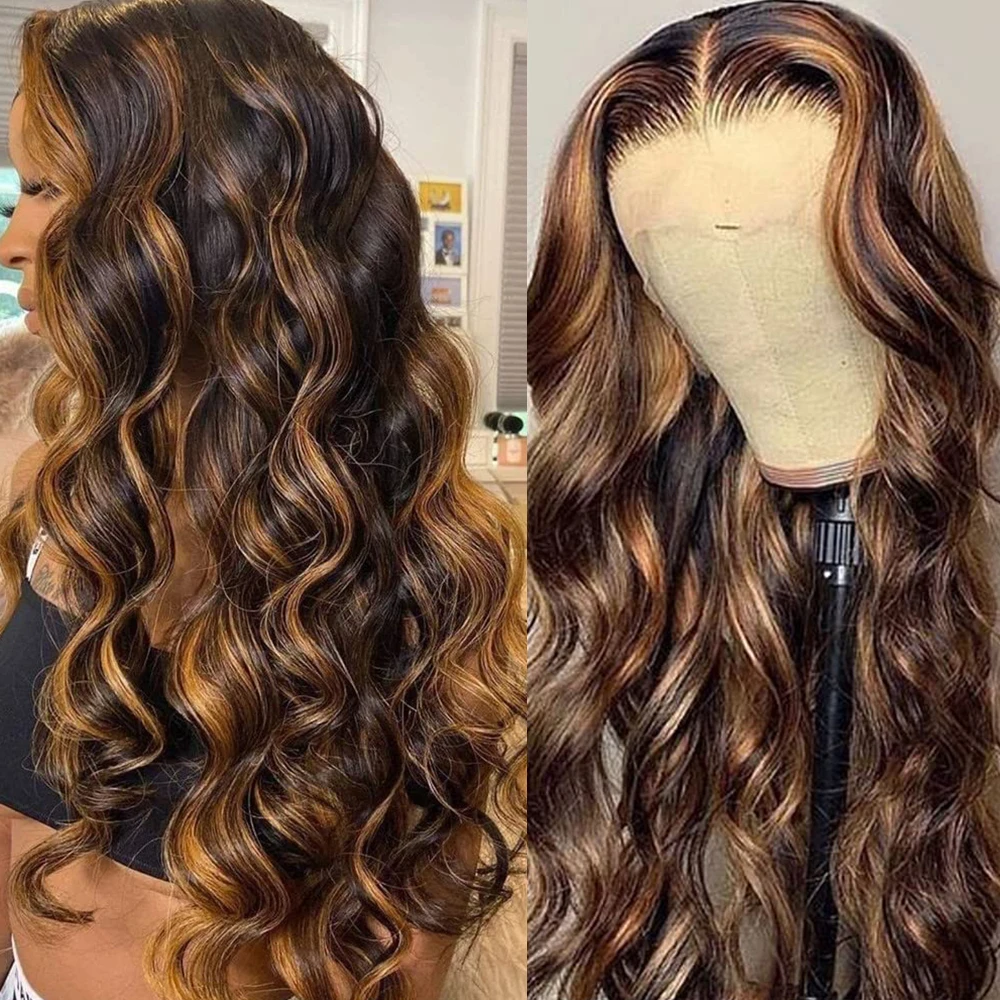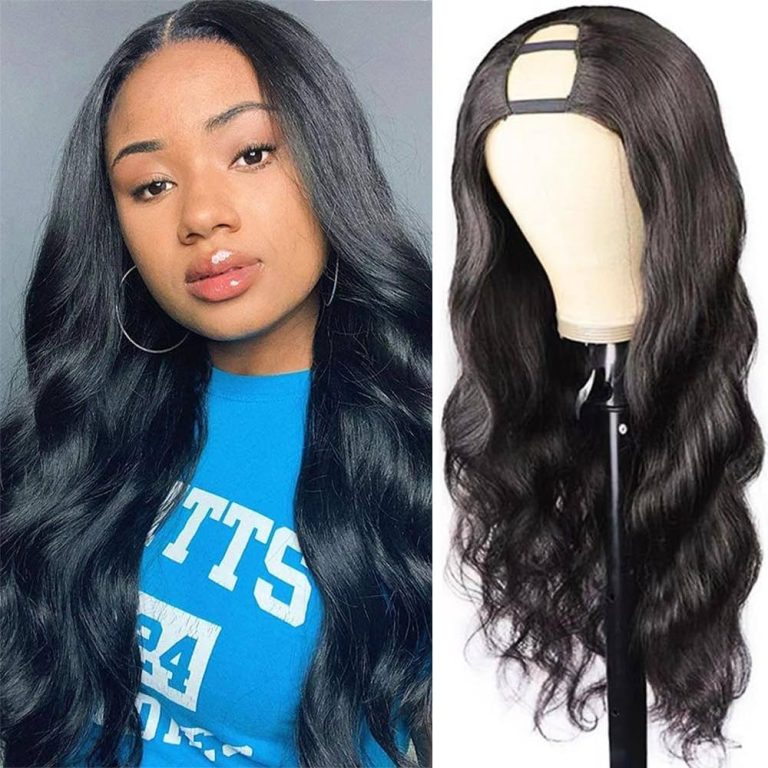
Highlight Wig: Elevate Your Look with Dimension and Depth
Introduction: Transforming Wigs with Highlights
Highlighting wigs offers a fantastic way to breathe new life into synthetic or human hair pieces. This technique adds depth, dimension, and a touch of personalization to any wig, creating a more natural and vibrant appearance. Highlights can dramatically transform a plain wig into a stunning, multi-tonal masterpiece that mimics the natural variations found in human hair. Whether seeking a sun-kissed look, a bold fashion statement, or simply aiming to refresh an older wig, mastering the art of highlighting opens up a world of possibilities. This comprehensive guide will explore various methods, techniques, and tips for highlight wig, helping wig enthusiasts achieve professional-looking results at home.
Understanding Wig Highlighting: The Basics
Before diving into the highlighting process, it’s crucial to understand what wig highlighting entails. Highlighting involves lightening select strands of hair to create contrast and dimension. This technique differs from all-over color changes, as it focuses on specific sections to achieve a multi-tonal effect. For synthetic wigs, special considerations must be taken, as traditional hair dyes won’t work on artificial fibers. Human hair wigs, on the other hand, can be treated much like natural hair, allowing for a wider range of highlighting options. The key to successful wig highlighting lies in choosing the right products, understanding color theory, and applying techniques that complement the wig’s base color and style. By grasping these fundamentals, wig wearers can confidently approach the highlighting process and achieve stunning results.

Choosing the Right Highlight Method for Your Wig
Selecting the appropriate highlighting method depends largely on the type of wig being worked with. For synthetic wigs, options include using fabric markers, acrylic inks, or specialized synthetic hair dyes. These methods allow for precise application without damaging the artificial fibers. Human hair wigs, conversely, can be highlighted using traditional hair coloring techniques such as foiling, balayage, or cap highlighting. Each method offers unique benefits and challenges.
Fabric markers and acrylic inks provide quick, temporary results ideal for experimentation, while synthetic hair dyes offer more permanent solutions. Foiling allows for precise placement of highlights, balayage creates a natural, sun-kissed effect, and cap highlighting offers an even distribution of color. Consider the desired outcome, the wig’s quality, and personal skill level when choosing a highlighting method. Experimenting with temporary options before committing to permanent changes can help in making the best decision for each unique wig.
Preparing Your Wig for Highlighting
Proper preparation is key to achieving flawless highlight on a wig. Start by thoroughly washing the wig to remove any product buildup or oils that could interfere with the coloring process. For synthetic wigs, use a mild shampoo specifically designed for synthetic fibers. Human hair wigs can be washed with regular shampoo, followed by a deep conditioning treatment. After washing, allow the wig to air dry completely.
Once dry, gently detangle the wig using a wide-toothed comb or wig brush, working from the ends up to the roots to prevent damage. If working with a human hair wig, consider applying a heat protectant spray before highlighting, especially if heat styling tools will be used during the process. For synthetic wigs, ensure the work area is well-ventilated, as some coloring products may have strong odors. Gather all necessary supplies before beginning, including gloves, applicator brushes, and mixing bowls. Taking these preparatory steps ensures a smooth highlighting process and helps protect the wig from potential damage.

Highlighting Techniques for Synthetic Wigs
Highlight synthetic wig requires special techniques due to the unique properties of artificial fibers. One popular method involves using fabric markers or acrylic inks. These products allow for precise application and come in a wide range of colors. To use this technique, section off the wig and apply the marker or ink in thin, natural-looking streaks. Another option is to use specialized synthetic hair dyes, which are formulated to adhere to artificial fibers without causing damage. These dyes often require mixing and should be applied with a brush for best results.
For a more subtle effect, consider using hair chalks or temporary color sprays. These products offer a low-commitment way to experiment with highlights. Regardless of the chosen method, always test the product on a small, inconspicuous section of the wig first to ensure compatibility and desired color results. Remember that synthetic wigs cannot be lightened like human hair, so highlights will need to be darker or more vibrant than the base color to be visible.
Highlighting Human Hair Wigs: Professional Techniques
Human hair wigs offer more flexibility when it comes to highlighting, allowing for techniques similar to those used on natural hair. The foil method is a popular choice, offering precise control over highlight placement. To use this technique, section the wig and apply lightener to selected strands, wrapping each in foil to process. Balayage, a freehand painting technique, creates natural-looking, sun-kissed highlights. This method involves painting lightener onto the wig in a sweeping motion, focusing on areas where the sun would naturally lighten hair.
For an all-over highlighted effect, consider using the cap method. This involves pulling small sections of hair through a perforated cap and applying lightener to these strands. Whichever method is chosen, it’s crucial to use high-quality, professional-grade hair lighteners and developers to achieve the best results. Always follow the manufacturer’s instructions carefully, and never exceed the recommended processing time to prevent damage to the wig.

Color Selection and Placement for Natural-Looking Highlights
Choosing the right highlight color and placement is crucial for achieving a natural, flattering look. For the most realistic results, select a highlight shade that is no more than two to three shades lighter than the wig’s base color. Consider the wig wearer’s skin tone when selecting highlight colors. Warm skin tones generally look best with golden or honey highlights, while cool skin tones pair well with ash or platinum tones.
Focus highlights around the face, on the top layers of the wig, and towards the ends. This mimics the way hair naturally lightens with sun exposure. For a more dramatic effect, consider adding lowlights as well. These darker strands create depth and dimension, enhancing the overall highlighted look. Remember that less is often more when it comes to highlighting – start with a few strategically placed highlights and gradually add more if desired.
Aftercare: Maintaining Your Highlighted Wig
Proper aftercare is essential for preserving the beauty and longevity of a highlighted wig. For both synthetic and human hair wigs, use color-safe, sulfate-free shampoos and conditioners to prevent fading and maintain vibrancy. Wash the wig in cool water, as hot water can strip color and cause frizz.
When styling, use heat protectant products on human hair wigs and avoid heat styling synthetic wigs unless they are specifically heat-resistant. Store the wig on a wig stand away from direct sunlight to prevent color fading. For synthetic wigs, consider using a leave-in conditioner specifically designed for colored synthetic fibers to keep the wig soft and manageable. Human hair wigs benefit from regular deep conditioning treatments to maintain moisture and prevent damage. By following these aftercare tips, highlighted wigs can maintain their beautiful, multi-dimensional color for months to come.

Troubleshooting Common Highlighting Issues
Even with careful planning and execution, highlighting wigs can sometimes lead to unexpected results. One common issue is uneven color distribution. To fix this, consider adding more highlights to balance the overall look, or use a toner to even out the color. If highlights turn out too brassy or orange, especially on human hair wigs, use a purple or blue toning shampoo to neutralize unwanted warm tones. For synthetic wigs that end up with highlights that are too stark or unnatural-looking, try using a darker temporary color spray to tone down the contrast.
If a human hair wig becomes dry or damaged during the highlighting process, implement a rigorous deep conditioning routine to restore moisture and shine. In cases where the highlighting result is drastically different from the desired outcome, it’s best to seek professional help from a wig specialist or experienced colorist. They can assess the situation and recommend the best course of action, whether it’s color correction or, in extreme cases, replacing the wig.
Creative Highlighting Ideas for Bold and Unique Looks
While natural-looking highlight wig are popular, wig highlighting also offers opportunities for bold, creative expressions. Consider trying trendy techniques like ombré, where color gradually transitions from dark to light, or the reverse ombré for a striking effect. For a fun, youthful look, try pastel highlights in shades like pink, lavender, or mint green. These work particularly well on light-colored wigs. Another creative option is to use multiple highlight colors for a rainbow effect.
This technique can be subtle, using closely related shades, or bold with contrasting colors. For those who enjoy changing their look frequently, consider using clip-in highlighted extensions. Remember that with creative highlighting, the only limit is imagination. Experiment with different color combinations, placement techniques, and intensities to create a truly unique and personalized wig look.

